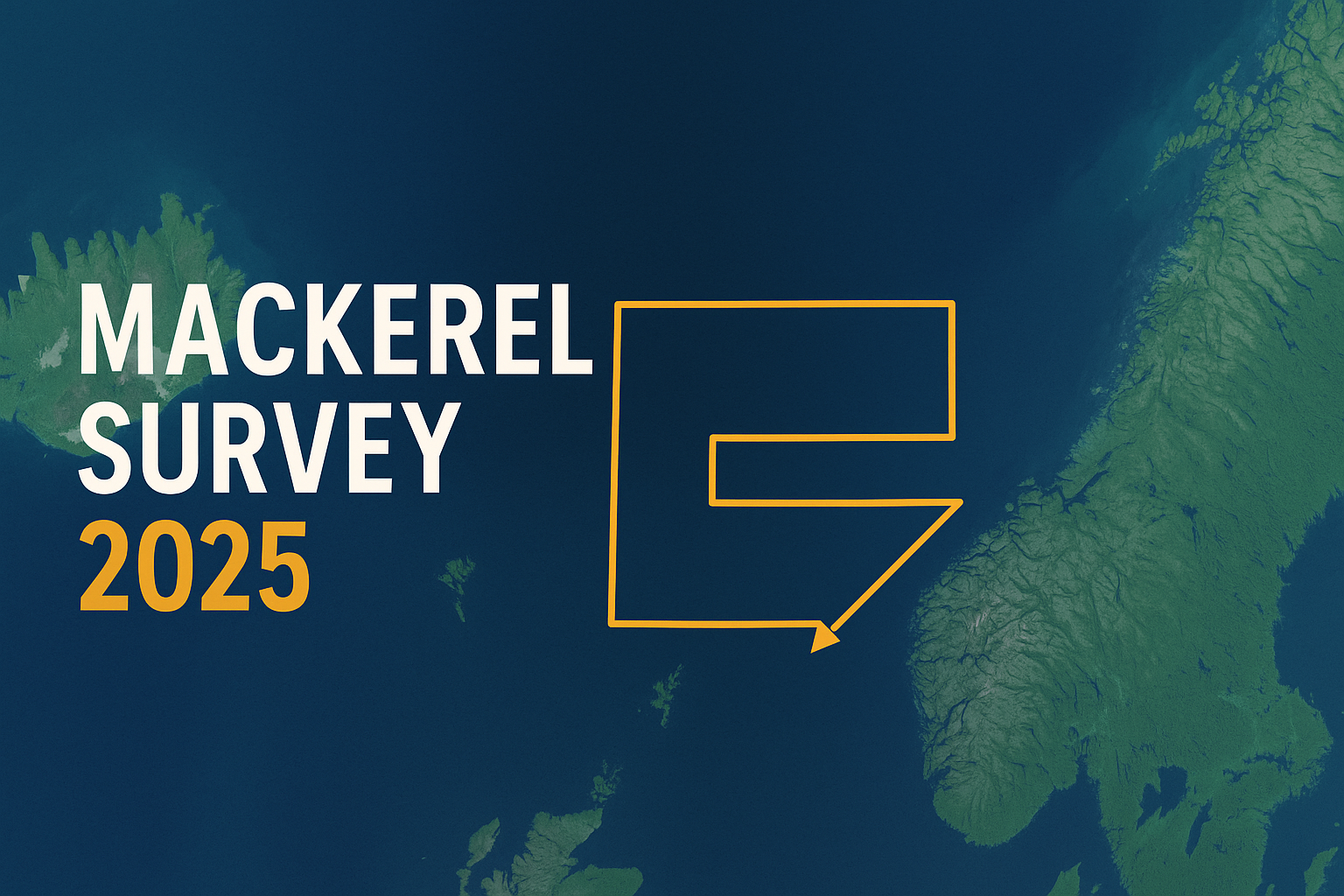
Mackerel Ecosystem Survey 2025 - Regional Status Update
Publisert den 30.07.2025 av Per Arne Fagervoll Meek
The 2025 mackerel ecosystem survey in the Norwegian Sea is nearing completion. With 62 trawl stations now completed by the Norwegian vessels Vendla and Eros, the Norwegian Institute of Marine Research (HI) has released an updated view of this summer's findings.
Norwegian Survey Results
- Mackerel catches have been generally low - in 50% of all stations, hauls were below 50 kg.
- Catch density increased in the central and eastern Norwegian Sea, with peaks up to 3,500 kg per trawl.
- Average weight: 481 g per individual, with large specimens (>500 g) seen mainly north of 66°N and east toward Jan Mayen.
- Notable sightings include killer whale pods associated with surface-feeding mackerel and confirmed presence of post-smolt salmon and saithe.

The illustration above shows the total catch volume (kg) near surface and the average size of the mackerel per haul.
Regional Survey Status: Iceland, Faroe Islands & Denmark
| Country | Survey Activity | Status (July 2025) |
|---|---|---|
| Iceland | IESSNS survey, early mackerel season | Larger fish reported; good early-season quality |
| Faroe Islands | Joint pelagic survey data | Survey data QC and integration underway |
| Denmark | Mackerel Egg Survey (MEGS) & North Sea trawls | Completed in June; samples submitted for analysis |
Method Update: Revised Biomass Model
A major scientific development in 2025 was the release of a revised biomass model for Northeast Atlantic mackerel. Key findings:
- Spawning stock biomass was previously underestimated by ~60%
- Fishing mortality was corrected downward by 26%
- Natural mortality appears highest among juveniles, largely due to predation by whales and tuna
What's Next?
- Aug 3: Final Norwegian survey stations completed by Eros
- Mid-August: Data consolidation from all coastal states (NO, IS, FO, DK, GL)
- Late August: Joint scientific meeting hosted by HI in Bergen
- September: Data submitted to ICES for integration into stock models
- October-November: Quota advice published for 2026
The complete picture of mackerel abundance, size structure, and distribution across the North Atlantic will only be visible once all international data are integrated. Global Fish will continue to monitor and report on developments leading into this autumn's quota negotiations.
Sources: Havforskningsinstituttet, FishingDaily, nammco. DTU, Oxford, ICES
